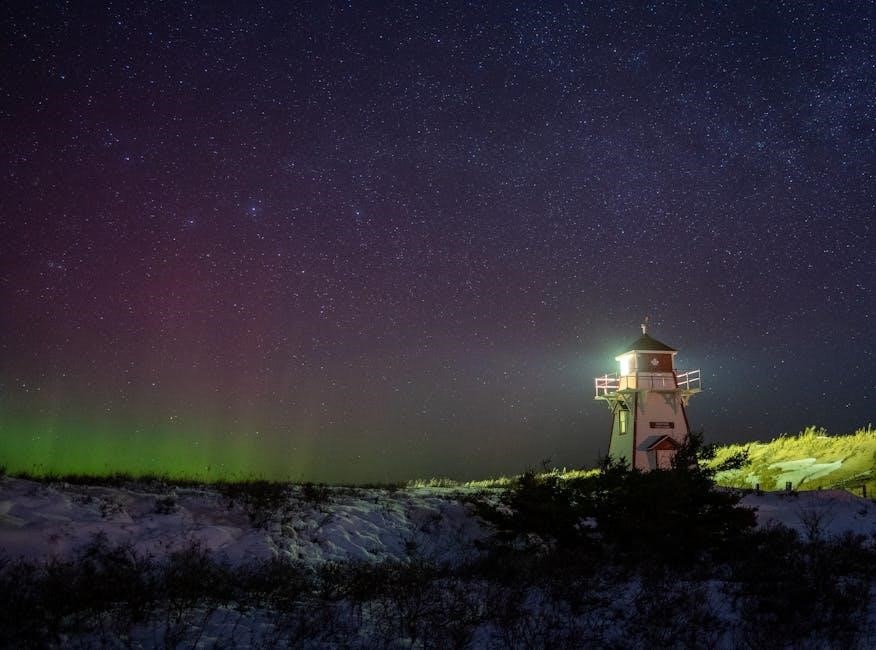mont blanc circuit self guided
Overview of the Tour du Mont Blanc (TMB) Self-Guided Trek
The Tour du Mont Blanc (TMB) self-guided trek is a classic 170km journey around the Mont Blanc massif. It is a popular option that offers freedom to explore independently through France, Italy, and Switzerland.
Distance and Elevation Gain
The full Mont Blanc circuit covers approximately 170 kilometers (106 miles). Trekkers accumulate around 10,000 meters (33,000 feet) of elevation gain and descent throughout the entire self-guided journey.
Total Distance of the Circuit
The Tour du Mont Blanc (TMB) circuit, a famed hiking route in the Alps, stretches approximately 170 kilometers (106 miles) in its entirety. This distance encompasses the full loop around the Mont Blanc massif, traversing through France, Italy, and Switzerland. Variations in the route can slightly alter the final distance covered. This substantial trek showcases diverse alpine landscapes and challenges hikers with its considerable length. The well-marked trails guide adventurers across valleys, over mountain passes, and through charming villages. Completing this circuit is a rewarding accomplishment, immersing trekkers in the stunning beauty of the Mont Blanc region, a truly memorable experience.
Total Elevation Gain
The Tour du Mont Blanc circuit presents a significant elevation gain, totaling approximately 10,000 meters (32,800 feet) over the entire route. This impressive ascent is accumulated as hikers traverse the varied terrain surrounding the Mont Blanc massif. Daily climbs range from 500 to 1200 meters, depending on the specific stage and chosen route variations. This substantial vertical challenge demands physical endurance and careful planning. The constant ascents and descents contribute to the overall difficulty of the trek, requiring hikers to be well-prepared. Successfully navigating this elevation gain offers rewarding panoramic views of the stunning alpine scenery, making the effort worthwhile for adventurers.
Typical Duration and Itinerary
The classic self-guided Tour du Mont Blanc typically takes 10-11 days to complete the full circuit. Shorter options are available, focusing on the “Best Of” sections for those with less time.
Classic 10-11 Day Circuit
The classic 10-11 day self-guided Tour du Mont Blanc circuit is a complete immersion into the alpine landscapes of France, Italy, and Switzerland. This itinerary provides ample time to circumnavigate the Mont Blanc massif, covering approximately 170 km and experiencing the region’s diverse beauty. Trekkers can enjoy stunning views each day, with opportunities to explore charming villages and savor local cuisine. A self-guided approach offers flexibility, allowing hikers to set their own pace and fully appreciate the iconic trails. This duration allows for a fulfilling and unforgettable alpine adventure around Mont Blanc.
Shorter “Best Of” Options
For those with limited time, shorter “Best Of” self-guided Tour du Mont Blanc options provide a condensed yet rewarding experience. These itineraries, typically spanning 6 days, focus on the most scenic highlights of the TMB. Trekkers can still witness the stunning alpine views and experience the charm of the region, but in a more manageable timeframe. These options often include strategic use of transportation to maximize the hiking experience. It’s a fantastic way to enjoy the essence of the TMB for those with tighter schedules who are looking for a fantastic self-guided experience.
Suitability and Difficulty
The self-guided Tour du Mont Blanc presents a considerable challenge. It requires a good level of fitness and experience. Navigation skills are also essential for independent trekkers.
Experience Level Required
The self-guided Tour du Mont Blanc (TMB) is best suited for experienced hikers comfortable with multi-day treks. Prior experience with long-distance hiking and navigating in mountain environments is highly recommended. While specialized mountaineering skills aren’t necessary, a good understanding of map reading, compass use, and route finding is crucial. Trekkers should be familiar with handling varying weather conditions and terrain. A head for heights is also beneficial, as some sections can be exposed. Previous experience with similar altitude gains and losses will aid in preparing for the physical demands. Ultimately, a solid foundation in hiking and outdoor skills is essential for a safe and enjoyable self-guided TMB experience.
Physical Demands
The self-guided Tour du Mont Blanc is a demanding trek requiring a high level of physical fitness. Hikers should expect long days of walking, often covering significant distances with substantial elevation gains and losses. The full circuit involves around 10,000 meters of ascent and descent over approximately 170 kilometers. Trekkers will need to be capable of carrying a backpack with their essentials for multiple days. The terrain can be challenging, with steep ascents, descents, and rocky paths. Stamina, endurance, and good cardiovascular health are essential. Prior training, including hill walking and carrying a weighted pack, is strongly advised to prepare for the physical challenges of the TMB.
Essential Planning and Preparation
Careful planning is crucial for a successful TMB self-guided trek. This includes route finding, booking accommodations, understanding transportation options, and being prepared for varying weather conditions, and the specific requirements for this type of adventure.
Navigation and Route Finding
Successfully navigating the Tour du Mont Blanc self-guided trek requires careful preparation and attention to detail. The TMB trail is generally well-marked; however, carrying a detailed map and compass, or a GPS device with pre-loaded waypoints, is highly recommended. Familiarize yourself with the route before starting each day, noting key landmarks and potential hazards.
Consider using a guidebook or a mobile app with offline maps for navigation. The trail can sometimes be challenging to follow in poor weather conditions. Being able to confidently read a map and use a compass is essential for safety. Always double-check your location and direction, especially at junctions and in areas with limited visibility.
Accommodation Options (Refuges, Hotels)
When planning your self-guided Tour du Mont Blanc trek, you’ll encounter a variety of accommodation options, primarily mountain refuges (huts) and hotels in villages along the route. Refuges offer a more rustic experience, typically providing dorm-style sleeping arrangements, meals, and basic facilities. They are strategically located along the trail and require advance booking, especially during peak season.
Hotels, on the other hand, offer more comfort and privacy, with options ranging from budget-friendly to luxury. These are usually found in the larger towns and villages along the TMB. Booking accommodation well in advance is crucial to secure your preferred lodging.
Support and Services
Self-guided TMB treks often include support like baggage transfers between accommodations. Some operators also offer 24/7 customer service for assistance with unforeseen issues during the trek.
Baggage Transfers
Baggage transfers are a valuable service for self-guided Tour du Mont Blanc trekkers, allowing you to hike with only a daypack. This greatly reduces the physical strain of carrying all your belongings throughout the 170km circuit. With baggage transfers, your main luggage is transported daily between accommodations, whether they are cozy refuges or comfortable hotels.
This service allows for a more enjoyable experience, letting you focus on the stunning alpine scenery and challenging trails. Knowing your belongings are safely transported ahead each day provides peace of mind, allowing you to fully embrace the adventure of the TMB;
24/7 Customer Service
24/7 customer service provides invaluable support for self-guided Tour du Mont Blanc trekkers, offering peace of mind throughout their journey. Knowing assistance is always available, regardless of the time or location, can be a significant comfort when navigating the challenging alpine terrain.
This service can assist with logistical issues, route finding, accommodation queries, or emergencies. Whether it’s a last-minute change in plans, unexpected weather conditions, or a need for medical assistance, a dedicated support team is readily available to provide guidance and solutions. This ensures a safer and more enjoyable trekking experience, allowing you to focus on the beauty of the Mont Blanc circuit.


Leave a Reply
You must be logged in to post a comment.